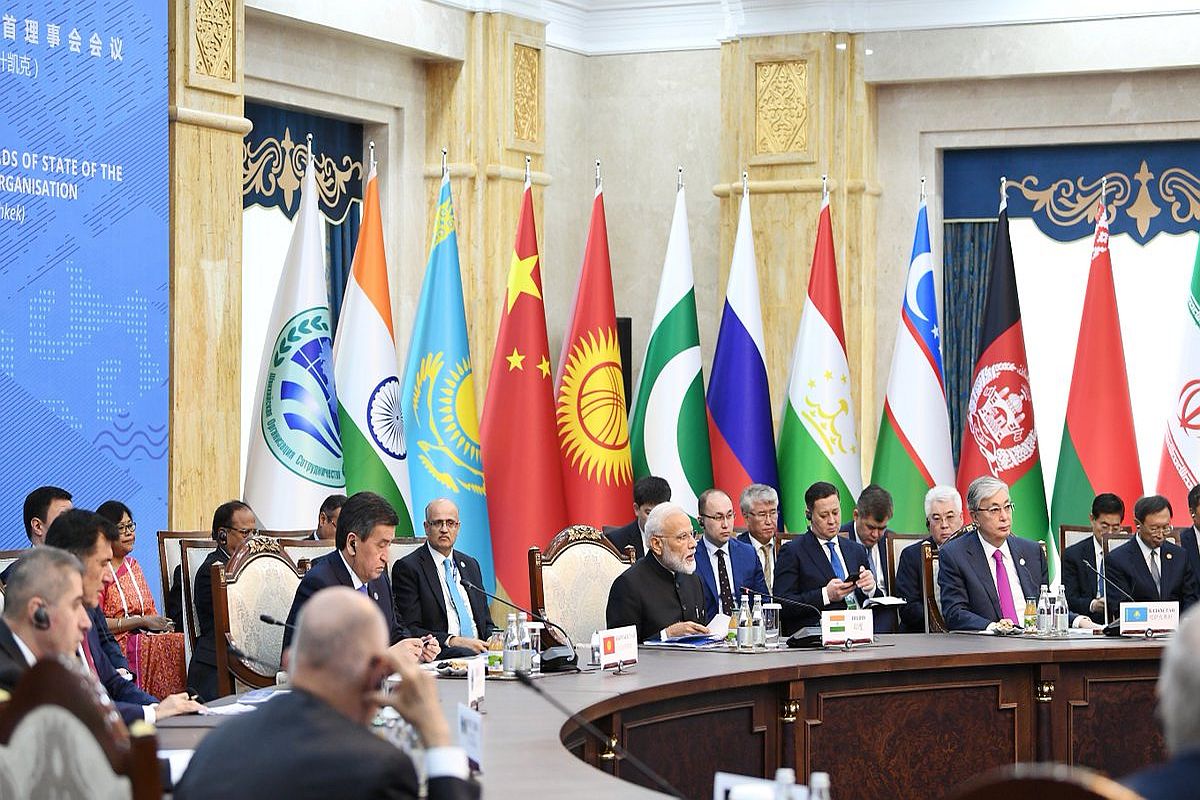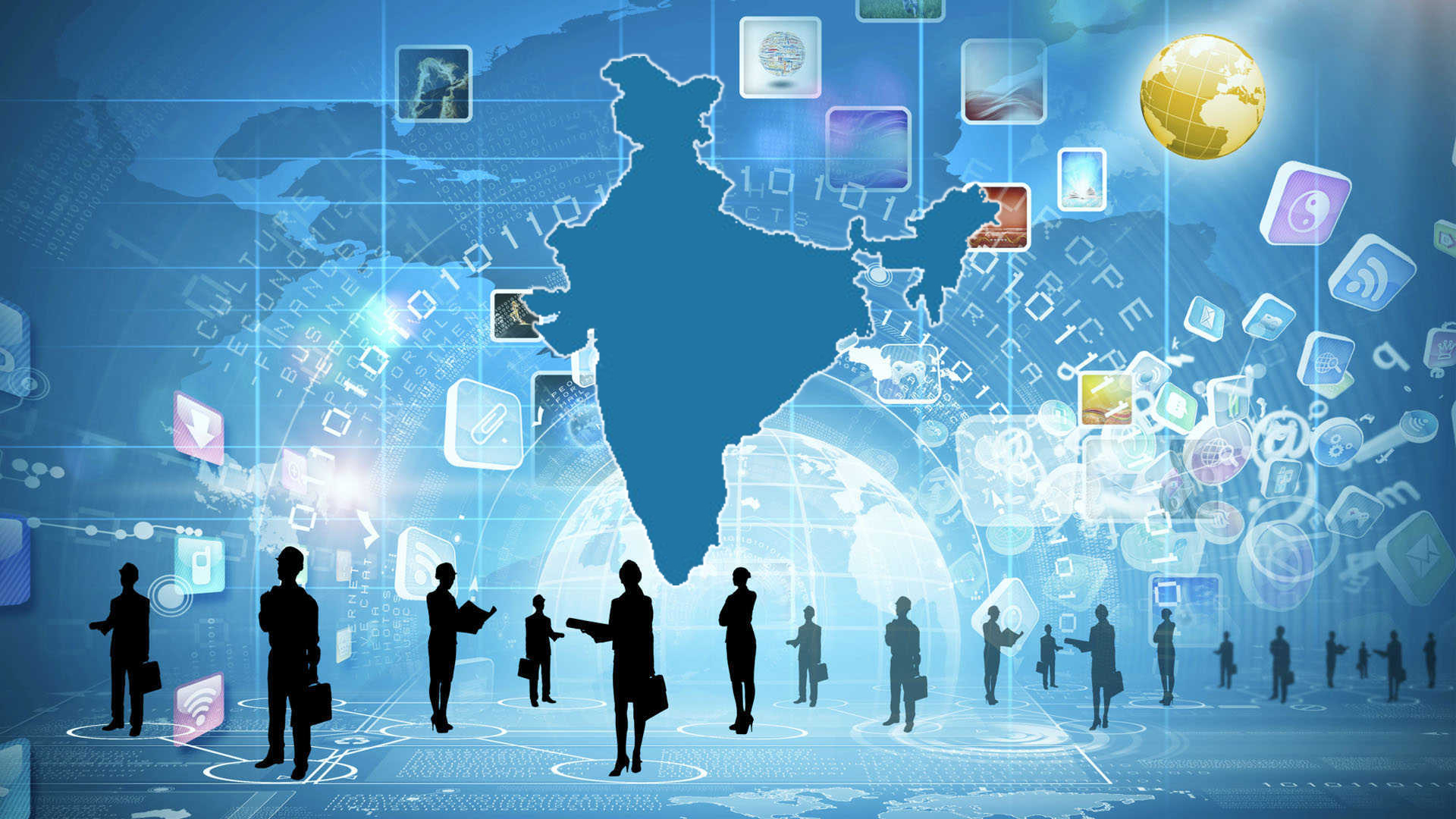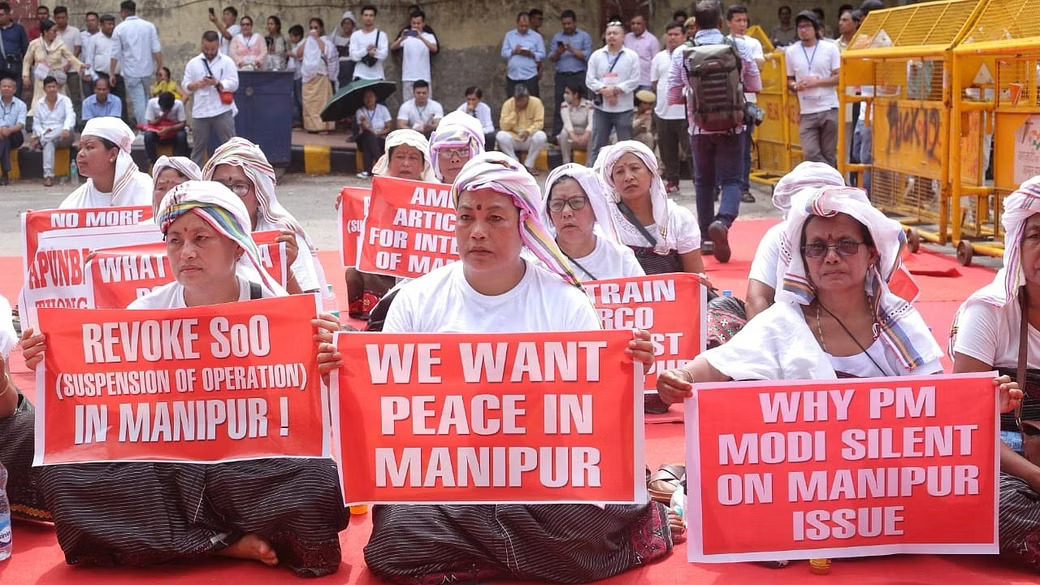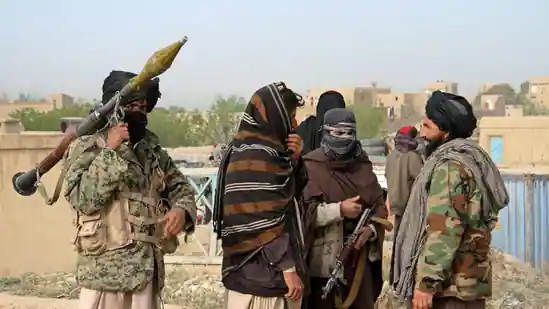Observers were astonished when the Indian government, which is typically eager to host international events and display its event management talents, opted to organise a “virtual” summit of the Shanghai Cooperation Organisation (SCO) in New Delhi on July 4 rather than a real summit.
It was questioned why India, which now holds the rotating SCO and G20 leadership, decided to host the SCO Summit online but the G20 offline. Why was the SCO Summit hosted online this year when it could have been held offline last year? The epidemic has already spread around the planet.
What explanation is there, if any? Official administrative justifications were given, but the message it sent was that the Indian government is leery of having China and Pakistan on the same platform on its soil.
It was disgraceful that it ignored even Pakistan’s foreign minister when the G20 foreign ministers met in Goa in May. The two foreign ministers yelled at one another and pouted, and the Indian foreign minister was blatantly nasty. It was a major debacle. It could have even had the opposite effect. The summit was tainted, and the participants’ credibility was tarnished by India and Pakistan’s refusal to even shake hands (in a symbolic sense). It would have been extremely embarrassing if a similar incident occurred again during the SCO meeting in New Delhi.
Any meaningful communication between the two antagonistic neighbours was barred by their rude behaviour towards one another in Goa. Most delegates felt it left them with a negative impression. However, there was also the issue of China, even if it was evident that the current leadership had to play to the Pakistani public. That was actually more important. No one in this government, however, is aware of how to handle either of the neighbours or how to confront both China and Pakistan, who are opposed to us while being friendly with one another and not exactly foes of India, on the same stage.
According to some Chinese commentators, India’s choice was a retaliatory measure after China boycotted the G20 tourism working group conference in Kashmir and the ensuing journalist visa dispute. In fact, they said that throughout India’s presidency, it had adopted a hostile and competitive stance towards China.
They criticised India for hosting the SCO Defence Ministers’ Meeting and Foreign Ministers’ Meeting earlier this year, alleging that the Indian ministers refused to shake hands with their Chinese counterparts and that India purposely positioned China in the background of group photos, which had rarely happened at previous SCO meetings. India also wanted the addition of English as one of its official languages in order to strengthen its influence within the SCO and contest the benefits enjoyed by Chinese and Russian in terms of language.
The Chinese side said that even at the last summit, India made a great fuss, openly opposing China and impeding the meeting’s ability to achieve significant goals. In order to avoid a clear SCO agreement on these problems, it refused to sign the “SCO Economic Development Strategy 2030” and did not support the Belt and Road Initiative. In addition to the SCO, the Chinese side accused India of opposing China in the BRICS grouping as well, where it has been slowing down the expansion process by insisting on specific criteria, in contrast to the Chinese position, which favours expanding the grouping based on the recommendations of current members. The Chinese side is attempting to undermine organisations like SCO and BRICS from inside by painting India as a barrier or a big disruptor.
Nine years ago, in September 2014, Narendra Modi and the Chinese President were cozying up in Ahmedabad, which was touted by Modi’s team as the beginning of a new brotherhood. It wasn’t a significant policy development and by no means a brand-new chapter in history—it was just a photo shoot opportunity.
Ironically, the relationship deteriorated and hasn’t fully recovered within a few months of that photo opportunity. Regarding important challenges like Chinese invasions in India, the administration has no solutions. The reasons behind the breakdown of the alliance, which included Doklam in Bhutan, Galwan in Ladakh, and the occupation of several villages in Arunachal Pradesh, are still unknown. The foreign ministers of the SCO would not even take those topics seriously.
PM Narendra Modi is more concerned with his reputation at home and his exaggerated character abroad. Particularly following his first-ever press conference in the US, where a renowned reporter affiliated with the Wall Street Journal was harassed on social media, inciting a reprimand from the White House press secretary, his reputation within the country has been severely damaged, and his carefully cultivated global persona has been greatly damaged.
He and Jaishankar knew that a physical event would be awkward, if not backfire outright, given how chaotic everything was already, so they discreetly changed the meeting to a virtual one. Of course, virtual and personal interactions differ qualitatively from one another.
It is important to realise that the SCO’s territory is one of the most promising areas for creating new, dependable logistical and economic corridors. There won’t be any American influence there, either direct or indirect. India had the ability to establish this additional network. But it’s evident that the administration has changed its mind. It does not wish to harm the US, after all. In addition, it wishes to maintain India’s long-lasting union with Russia (even after the fall of the USSR) while continuing to court and maybe even engage in a covert relationship with the US.
According to the Chinese side, India’s policy decisions during its SCO leadership were intended to avoid major disagreements in a difficult international context in addition to retaliating against China. India is a member of the SCO, yet despite this, relations between India and the US are improving. In order to avoid turning the SCO summit into a spectacle or a symbol of support for Russia, India’s Prime Minister Narendra Modi recently made a high-profile state visit to the United States. As a result, the country downplayed the meeting to some extent.
The West is always working to undermine the SCO linkages and the members’ separate and concurrent operations. Here was a chance for India to get past its obsession with the US. The Asia-Pacific, the South China Sea, or the Middle East must not be used as a stage for games by the West. The SCO may act as a little inquisition platform to reframe global affairs and foster stability and peace in certain areas.
It is easy to see how and why the Shanghai Cooperation Organisation might be crucial in world politics by reviewing the SCO’s history. The SCO has become a significant body in Eurasian politics, economics, international security, and defence. Recognising its scope and potential is essential. In terms of both population and geographic reach, it is the biggest regional body in the whole globe. Its combined GDP is 20% of the global GDP, and it contains around 60% of the Eurasian region and 40% of the world’s people.
In 1996, five years after the Cold War’s old international order crumbled, a new group known as the Shanghai Five was established. In this case, the People’s Republic of China (PRC) assumed the lead. The group of five was expanded to include the countries of Tajikistan, Kazakhstan, Kyrgyzstan, and Russia. Additionally, observers from Afghanistan, Belarus, Mongolia, and Iran have been enlisted, in addition to Pakistan and Uzbekistan.
It is obvious that the SCO is growing, and it already plays an important role, much like the Non-Aligned Movement (NAM). Modi must look beyond dogmatic prejudices and preconceived notions in order to work in the best interests of India while looking through the lens of its regional existence.








